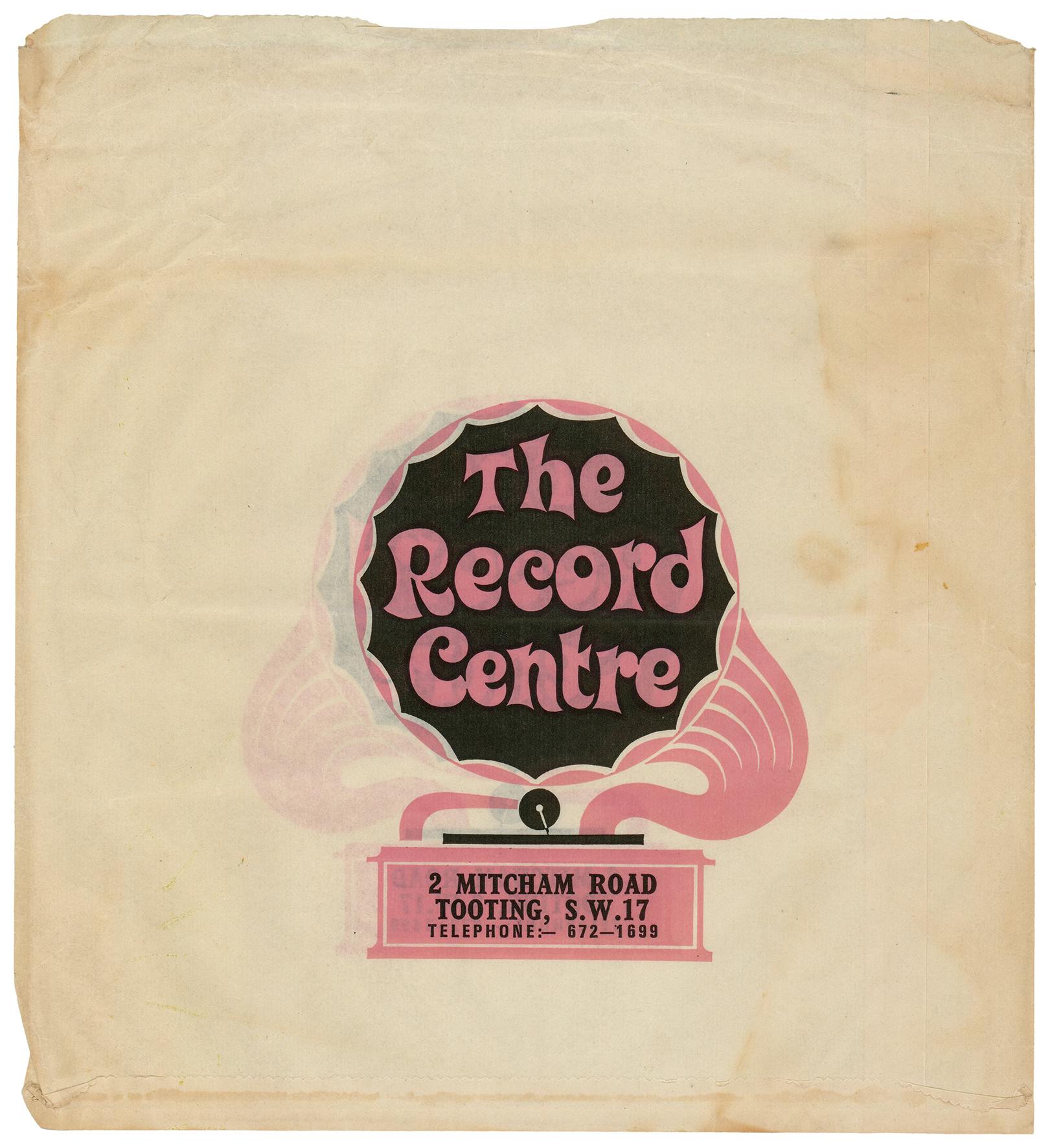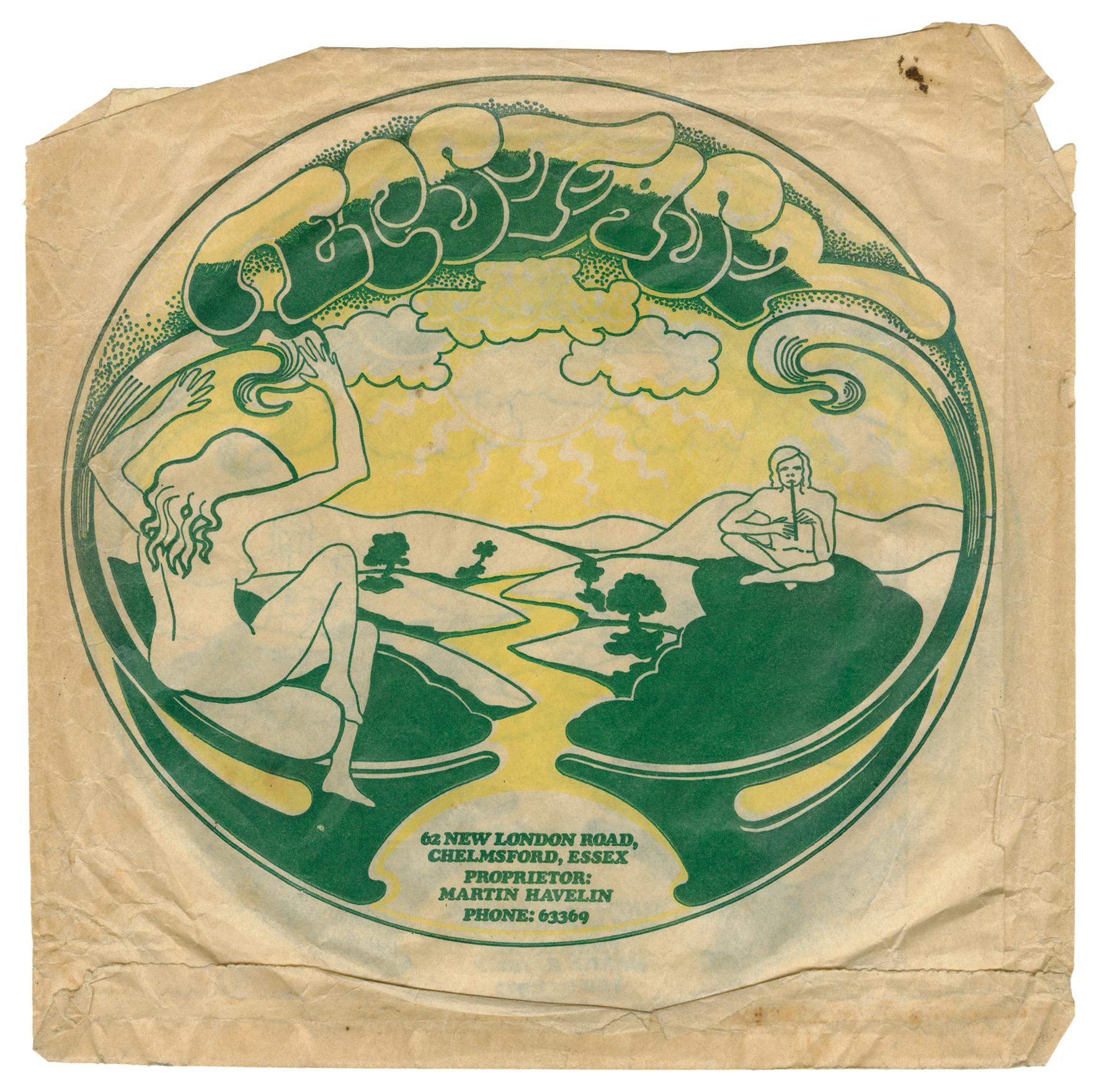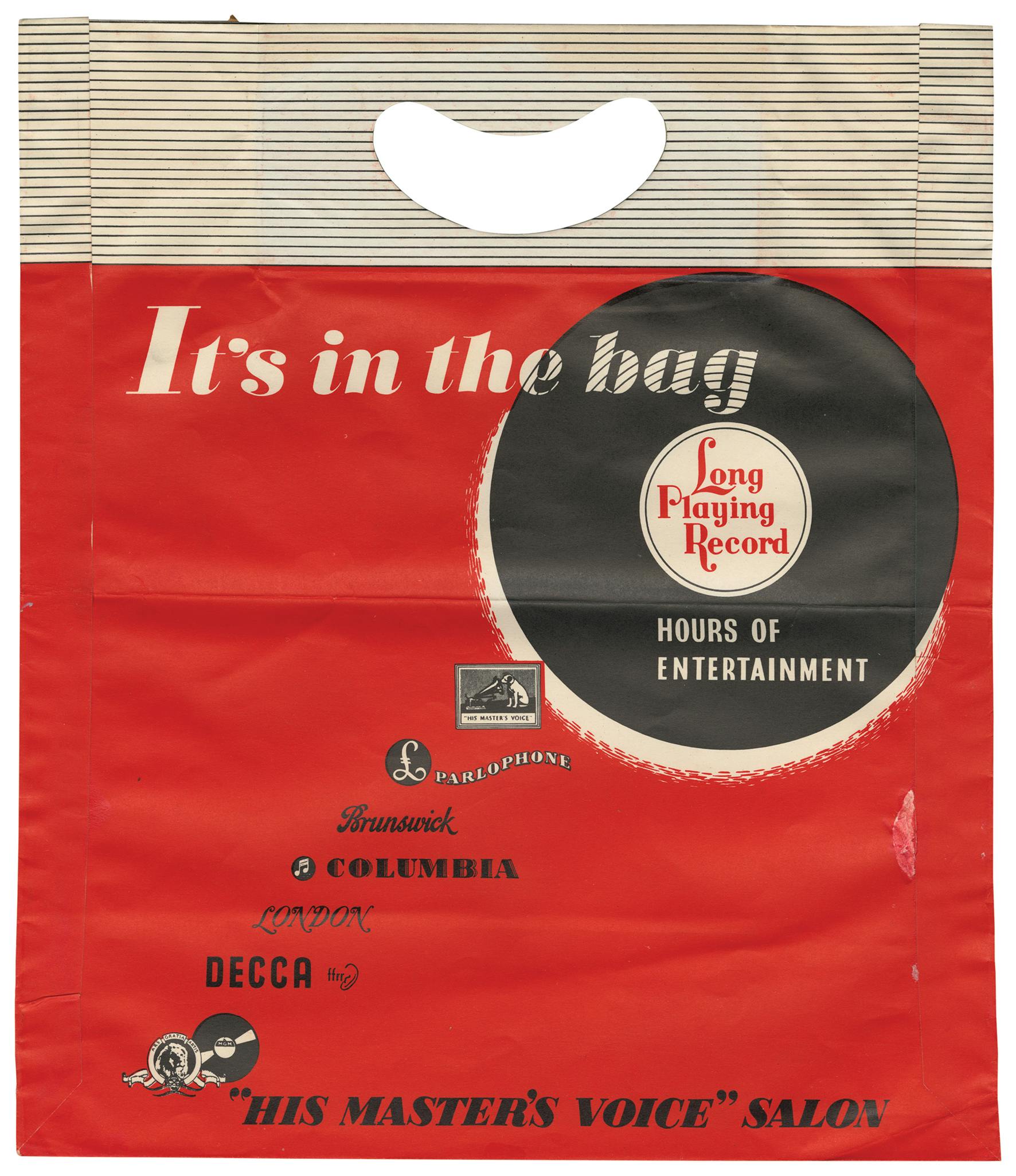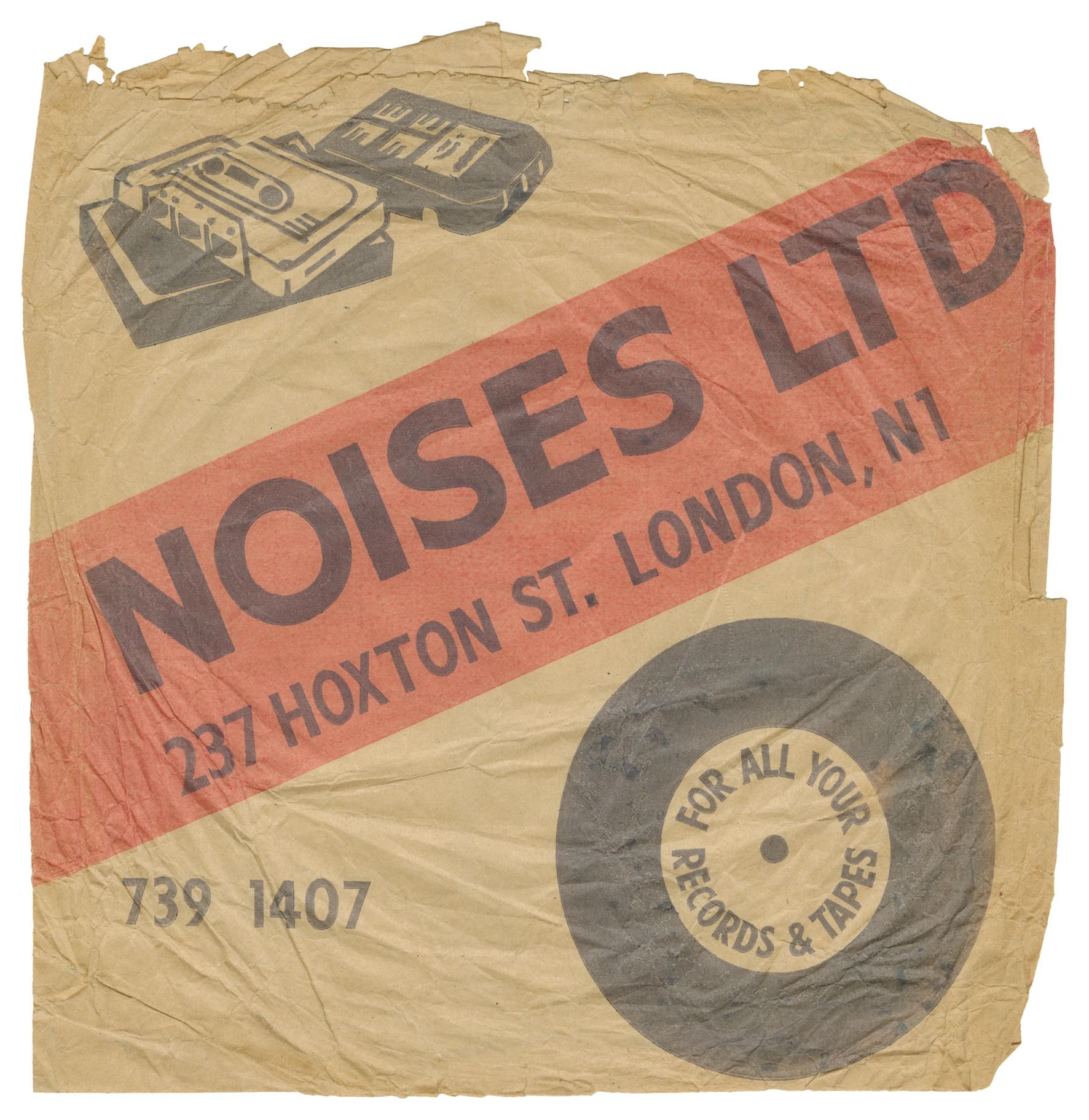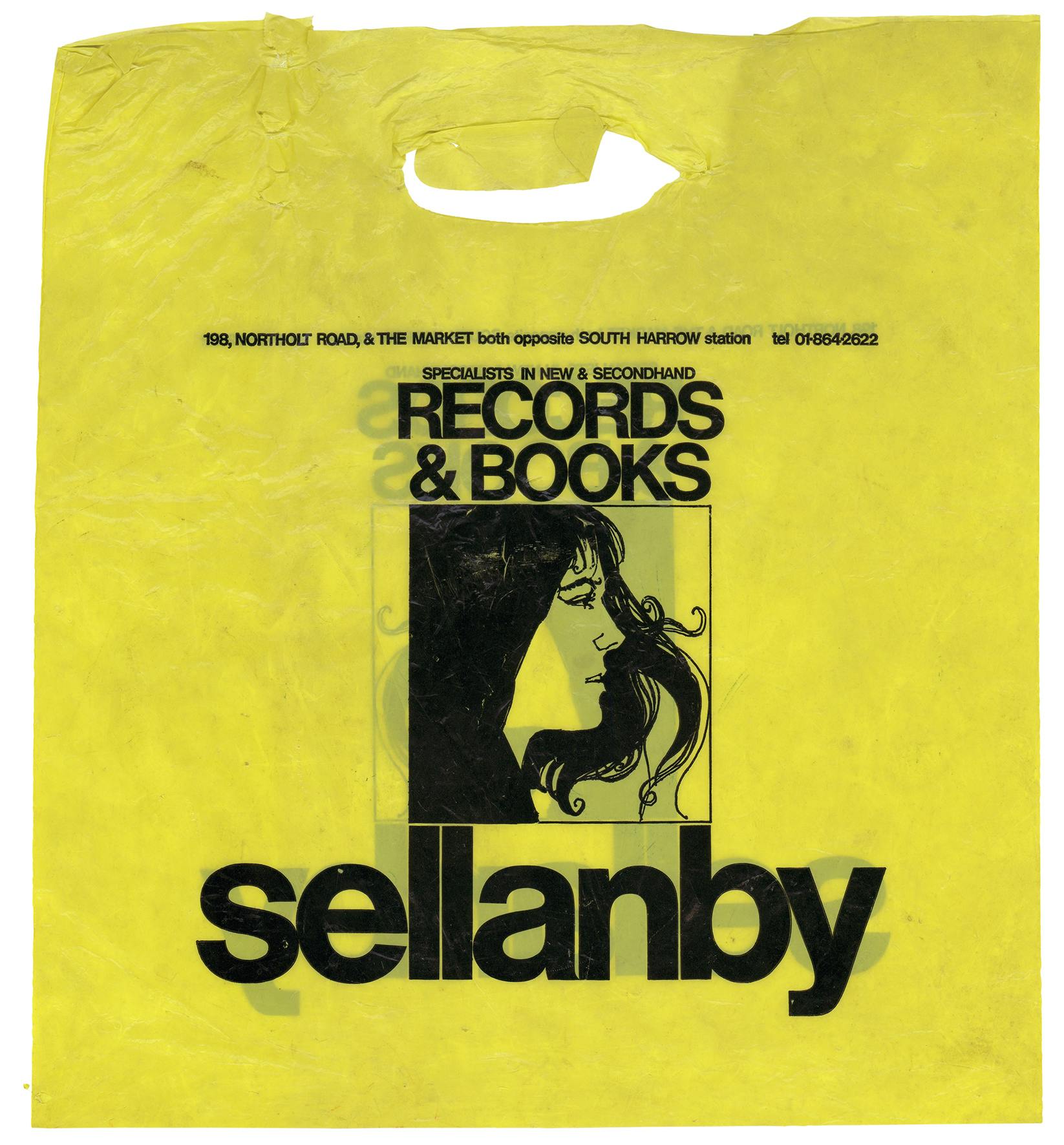Why British record store carrier bags are graphic design icons
While they’ve never carried the kudos of sleeve designs and music posters, record shop bags offers a fascinating insight into 20th century British music culture, high-streets and more
It’s been well documented that vinyl is well and truly back as the discerning music-lover’s format of choice: according to the Vinyl Factory, UK vinyl sales revenue is set to overtake CD sales this year for the first time in 30 years.
But even though we’re in the midst of this vinyl revival, there’s one relic from 20th century record shopping culture that feels more archaic: record shop bags. Like pink and white striped pick ‘n’ mix bags of yore, paper and plastic record store bags can instantly conjure up particular smells and places in ways that today’s store-branded totes just can’t.
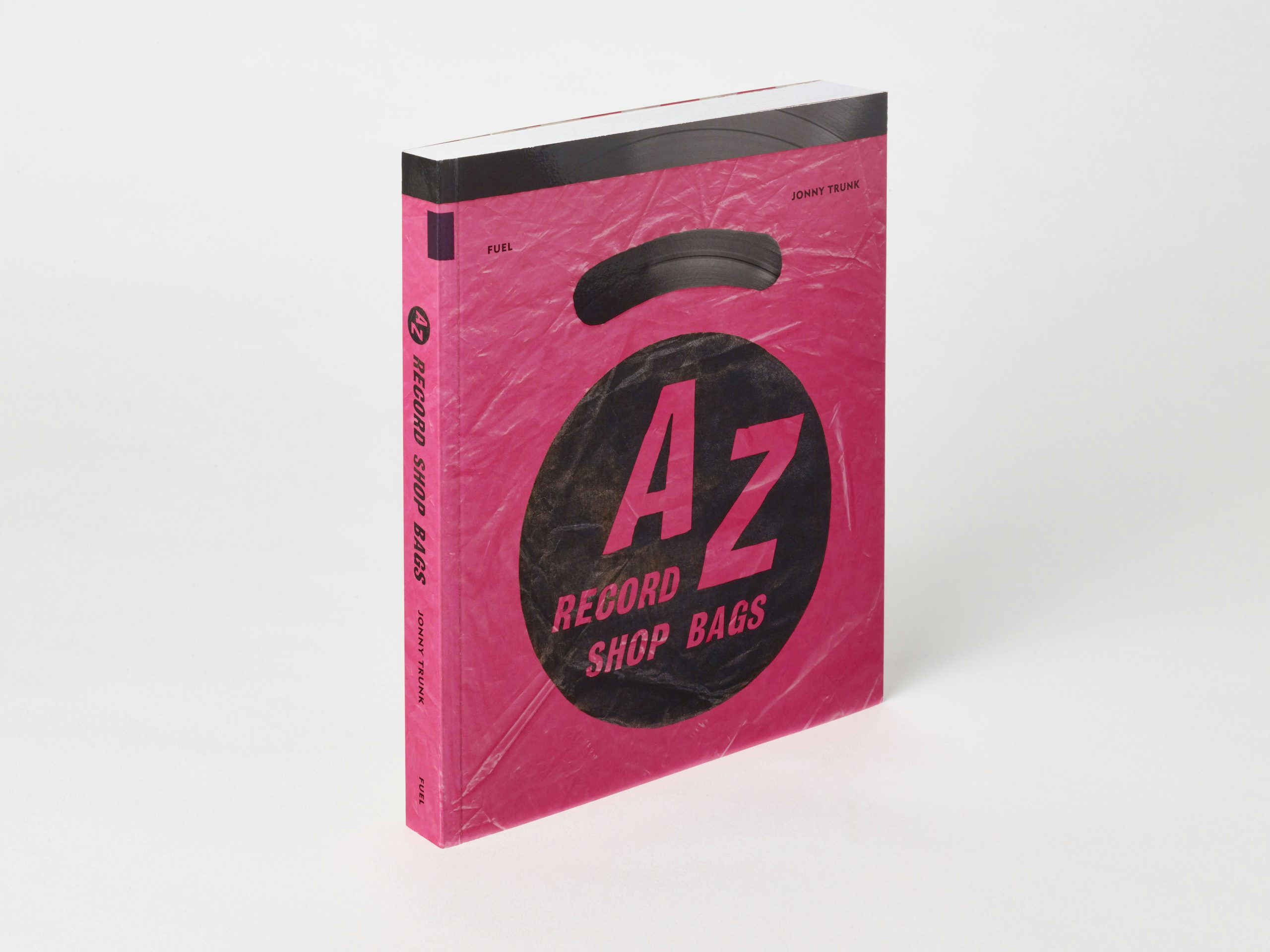
A new book from Jonny Trunk titled AZ Record Shop Bags brings together gorgeous images of British record store bags from the 1940s to the 1990s, hailing from London, Manchester and other big cities, as well as Northampton, Scarborough, Chesterfield, Tunbridge Wells, Leicester, Loughborough and more. Taking in more than 500 examples, the book offers an insight into a strand of graphic design that’s previously been almost totally overlooked.
These square spaces proved the perfect site for graphics that ranged from practical typography to striking letterforms, cute mascots and illustrations that made the most of the fact that these spaces could be printed with one or two colours — three at most.
While record sleeves, flyers, posters and zines have long been celebrated as artefacts that tell stories around the confluence of music and design, record store bags like these have fallen under the radar — likely because of their perishability, for one thing, making many of these bags incredibly rare, and the fact that it was the record inside that was of interest, rather than its flimsy receptacle.
“These mostly square-shaped slivers of paper and plastic are artefacts from a lost age: a music economy based on physical objects that could only be bought, in person, from physical outlets,” writes Jon Savage in the book’s foreword. “These brightly coloured objects are pure ephemera, designed only to carry the record inside from shop to home, from cash point to turntable. They were not meant to last.”
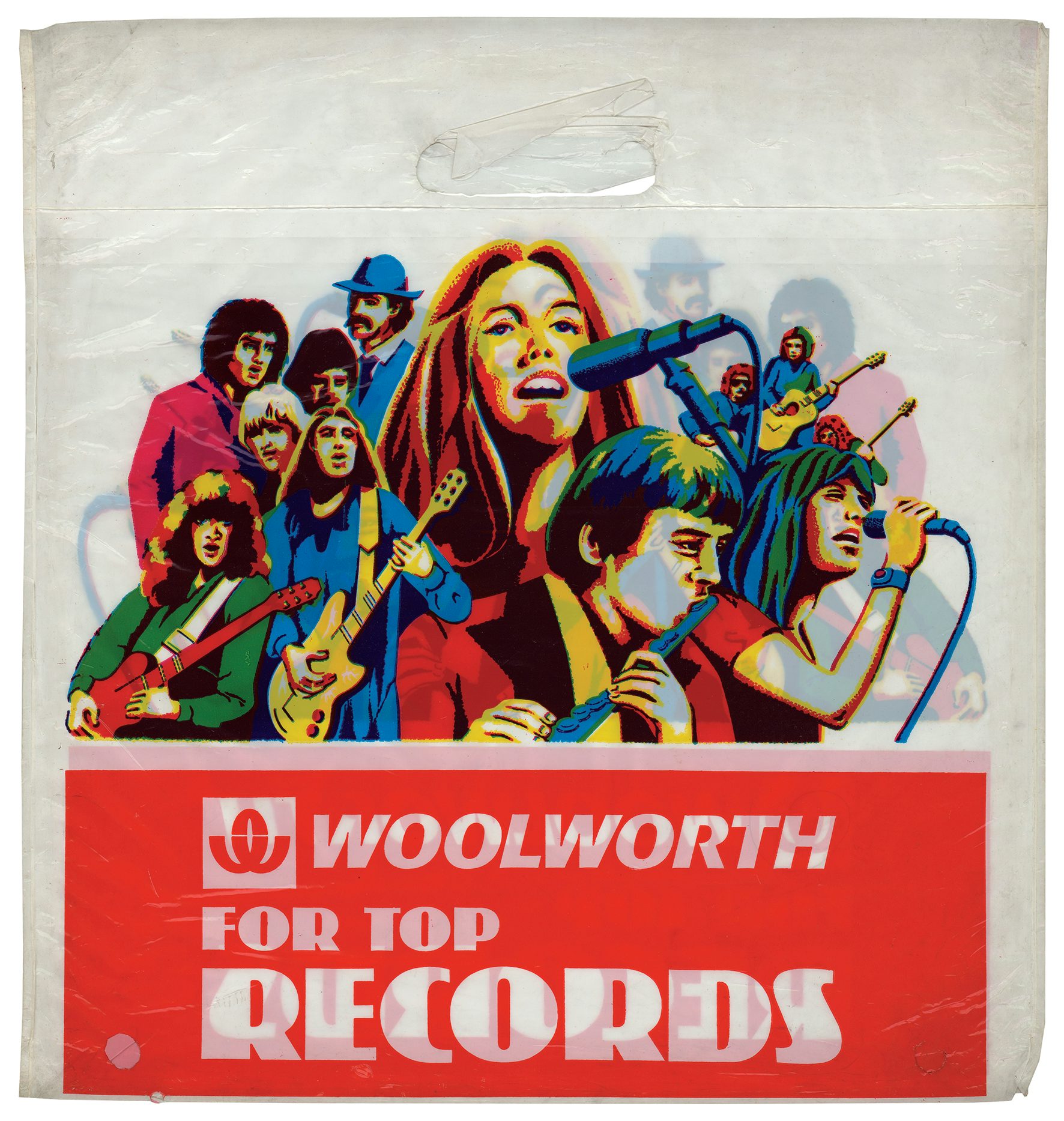
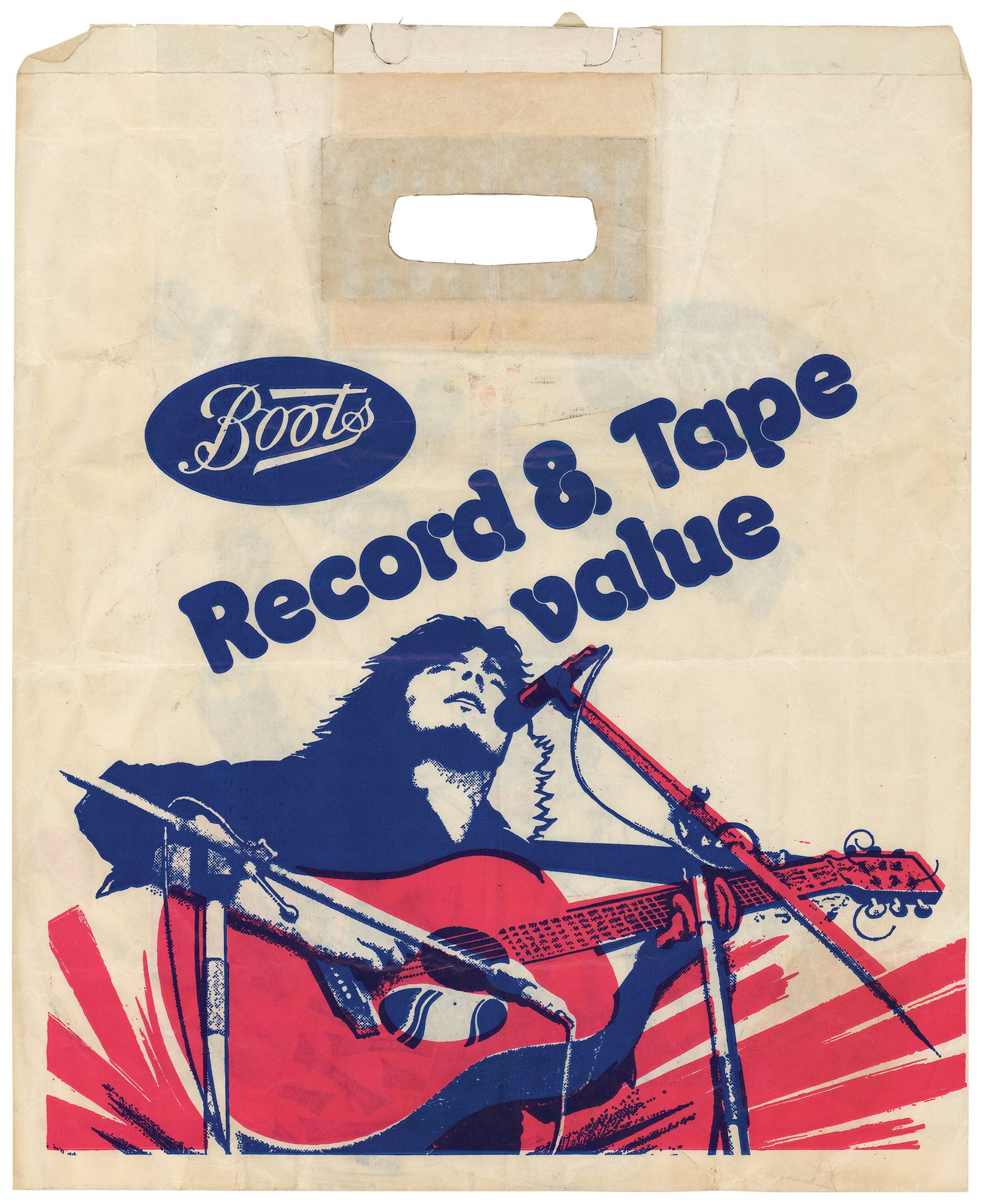
Perhaps another reason we’ve not seen these before is because while some store bags carry the countercultural kudos of independent or specialist stores, many of the bags in the book are from British chain stores that have rather more pedestrian connotations. In that way, the book also offers a history of the British high street: it was news to me that Boots ‘the chemist’ sold records (its record bags boasted ‘Record & Tape value’ with typography in the classic Boots blue), as did electronics rental shop and retailer Rumbelows.
Naturally, good old Woolworths is represented here, and embodies an interesting shift in high-street record sales: many lamented the death of small, independent stores as the chains moved in; now we look back fondly on the good old days of being able to pop to Woolies for both single release day and a small bag of sugary pink shrimps.
Countless names in the book will surely be very familiar to those with even a passing interest in music: there’s obviously the big guns like HMV and Virgin, but also the famed London institutions like Honest Jon’s and Soho Records, and that mecca for anyone with a penchant for bargain bins and floor-to-ceiling stock, the Record and Tape Exchange.

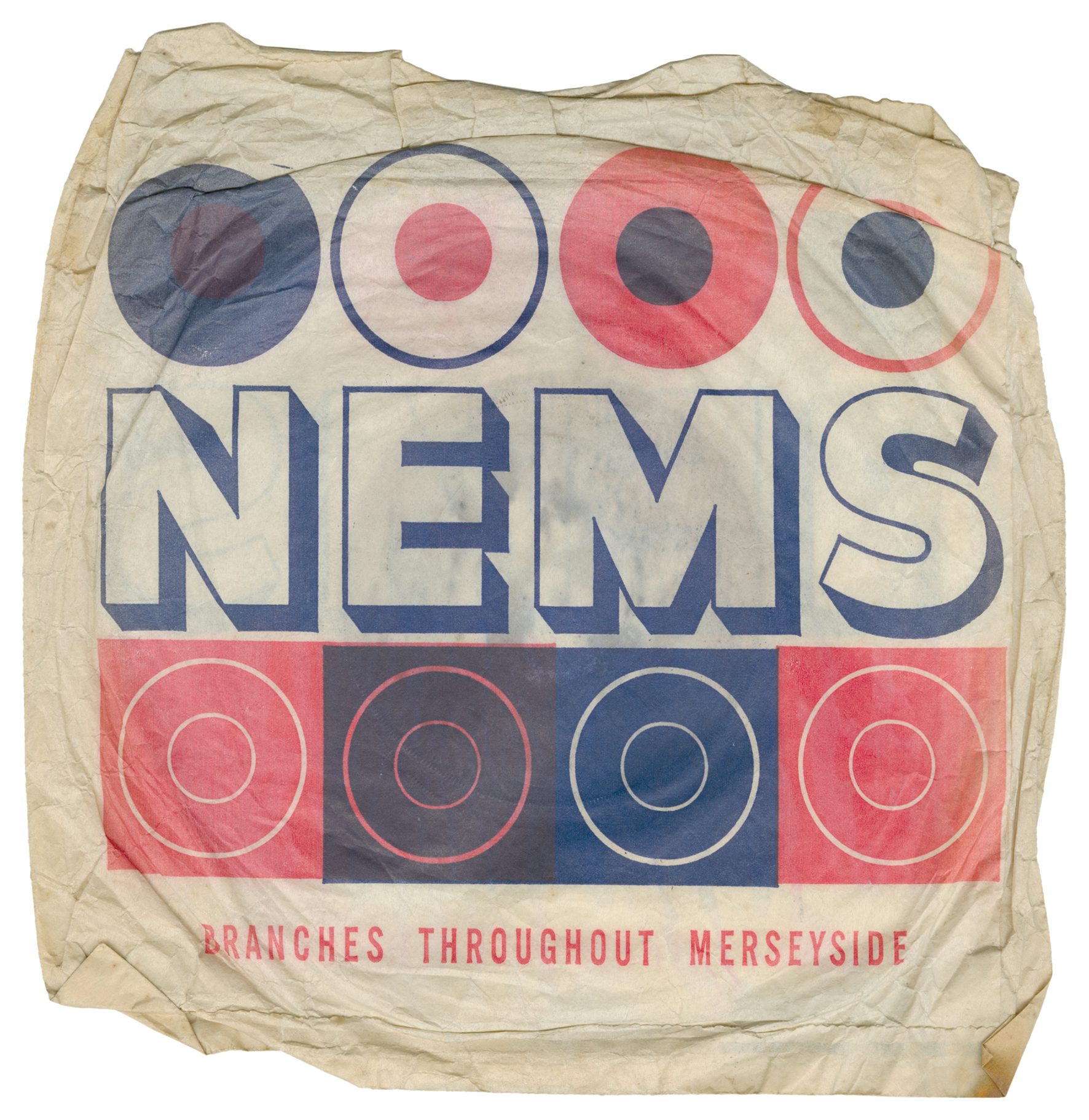
Elsewhere, the book presents some star-studded artefacts: there’s Squires, the record shop in Ealing where Dusty Springfield worked; and NEMS, the Liverpool store where the Beatles first met Brian Epstein, which bears some brilliantly blocky typography that looks as good today as ever.
Superb is a running theme throughout the book: since these bags served as adverts as well as carriers, the store names had to stand out, and often act as both branding element and decoration. Poring over the lettering today, it’s striking that the type is largely unfamiliar — before the days of system fonts and vast digital foundries, the designs feel far more wide-ranging, and frequently exhibit charming, slightly off-kilter little touches that modern typesetting irons out with uniformity.

